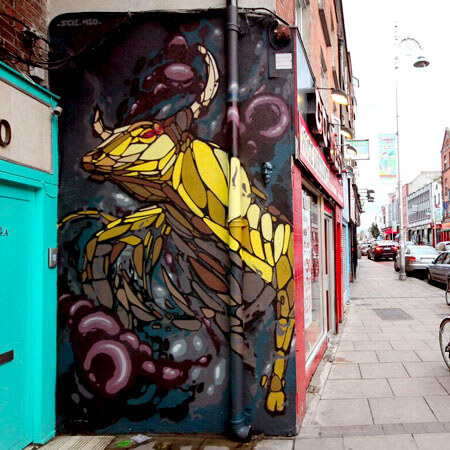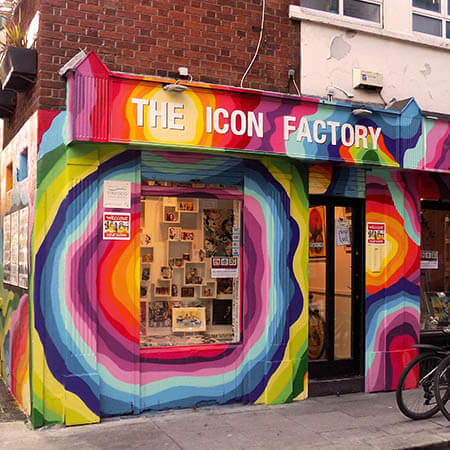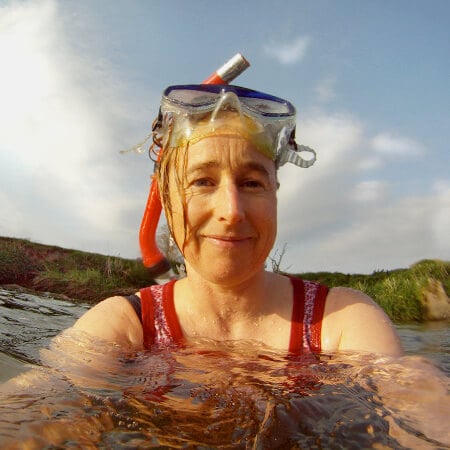Colouring the county one traffic box at a time
A series of colourful traffic control boxes has added art to the streets of Dublin city as part of the Dublin Canvas project. It’s probably the first time most of us have even noticed these boxes. Their old dull appearance was nothing to admire. Now works of art, they showcase the artistic talents of people across Dublin.
Dublin Canvas is the community street art project behind these pieces. Its main goal is to make the city more beautiful and it has definitely achieved this. David Murtagh, the project’s co-ordinator, gave us some background on the project.
From trial run to runaway success
Dublin Canvas first started back in 2013. Dublin City Council’s Beta projects, which tests out innovative ideas around the city, did a trial run by painting designs on 11 traffic signal boxes on Dublin’s Northside.
This project was so successful that the council decided to roll it out on a larger scale. It’s been going on throughout Dublin City Council ever since and has extended to Dublin’s three other local authority areas too.
I was blown away by the effect it had on people, so decided to replicate it in Dublin.
Shortly after the successful trial, David Murtagh got involved with Dublin Canvas. He had already worked on a similar project in Temple Bar a few years previously. Instead of paint, it involved using vinyl wraps on traffic light signal boxes.
This was an idea that he came across while backpacking through Australia. “I was blown away by the effect it had on people, so decided to replicate it in Dublin,” he says.
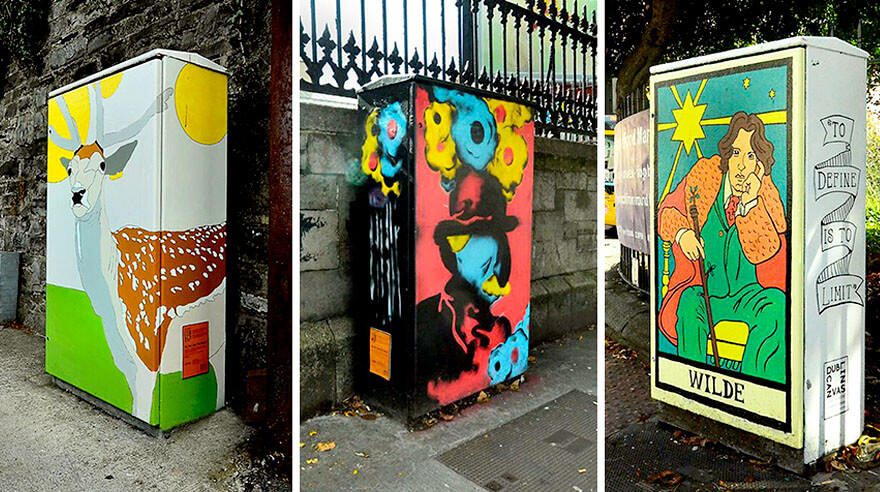
Park Life by Debbie Chapman – Bloom by Luke Fallon – Looking at the Stars by Sarah Bracken
While the Temple Bar project only transformed five traffic boxes, it had awoken an interest in David. So when he decided to change career paths in 2015, he approached Dublin City Council about running Dublin Canvas on their behalf.
“As they had already run the trial in 2013, they agreed,” he explains. “I just happened to be in the right place at the right time.”
So how can Dubliners get their designs on a box?
“The main idea is colour in the city,” says David. “It has to be colourful… You can see the variety of styles throughout the city by illustrators, stencil artists, graphic designers, fine artists and street artists.”
Every now and then, Dublin Canvas puts a call out for participants to submit designs for particular boxes and then commissions the most appropriate ones. The artists taking part range from the age of 18 to retirees. They’re students, barristers, baristas and everything in between. Then, of course, there are people from across a variety of art disciplines, as well as some community groups.
This is what they get up to at the weekend.
“Most of the artists have their day jobs and this is what they get up to at the weekend,” says David. “We also have a few street artists and that is solely what they do.”
The most recent call for designs in 2022 saw 315 submissions for 100 of Dublin’s traffic control boxes. Those with ideas were asked to submit a draft of their design on paper, as well as a short description. The brief asks that submissions have some relevance to the local area and don’t contain any copyrighted or contentious images.
“The artwork is compiled into different areas, printed and presented to the panel,” explains David. “The panel is made of Dublin City Council arts officers, planning and public domain officers.”
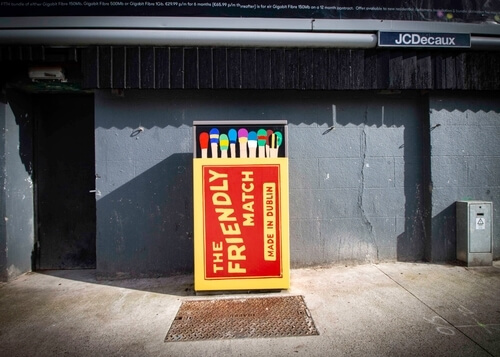
Up for the Match by Larry Byrne
The panel looks for creative and innovative designs that encompass the 3D aspects of the traffic box. That’s why you’ll notice many of the city’s traffic boxes feature matchboxes, buses, tarot cards, cassette tapes, crisp packets and other cuboid designs.
The chosen volunteers are then allocated a particular traffic box and receive a stipend to cover their expenses. “When possible, we try to allocate artists to their preferred location,” comments David.

